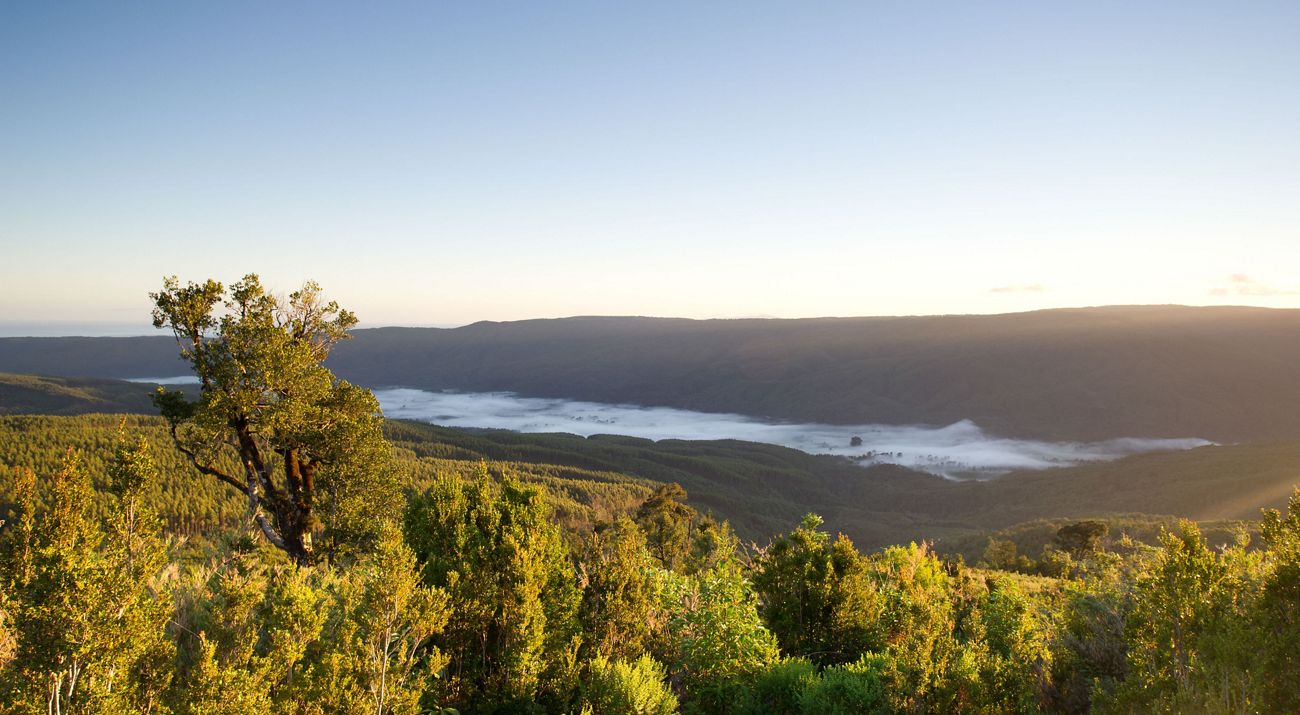
The Nature Conservancy (TNC) works across the globe on conservation strategies ranging from protection of critical lands and waters to building and supporting resilient and sustainable conservation economies. In the face of a rapidly changing climate, TNC recognizes the urgency to accelerate conservation in key regions and habitats with global ecological relevance.
To advance the TNC's mission and improve the quality of lands and waters that populations around the world depend on, TNC and BHP are working together on significant projects in Canada and Chile.
Canada
In Manitoba, we work in partnership with Indigenous Nations to support Indigenous-led conservation and sustainable resource management. This includes: Indigenous Guardian program development; community-led land use planning; establishment of Indigenous protected areas; and youth-on-the-land programs.
We believe conservation must go hand-in-hand with building local economies, which is why we also support sustainable economic development that aligns with cultural values, and durable financing opportunities to fund stewardship in the long term. We also support initiatives that allow for collaboration and collective action among Indigenous nations as well as with other actors.
Chile
The Valdivian Coastal Reserve is part of an ancient temperate rainforest rising from Chile’s southern coastline. It is a top priority conservation site in Chile (and the world), due to its forest and marine resources. During the last Ice Age, this coastal range served as a freeze-free refuge for a multitude of species found nowhere else on Earth.
Among these unique species are two of the planet’s longest living tree species. Olivillo trees, which can live up to 400 years, survive in large stands only on the western slopes of this range, and alerce trees, which resemble North American giant sequoias, have life spans of up to 3,600 years.
These forests also harbor an incredible wealth of wildlife including one of the world’s largest woodpeckers; one of the world’s smallest deer; a small tree dwelling marsupial (‘mountain monkey’) considered by scientists to be a "living fossil;" at least 58 bird species; and several rare carnivores, such as the southern river otter.
From 2013-2015, a contribution of $8.9 million will be made by BHP to cover the original acquisition costs of the Valdivian properties, the near-term conservation management activities, and the reforestation work. It is then anticipated that a further $11.5 million will be provided to fund the establishment of a long-term endowment, from which conservation activities can be funded for the long term. Any earnings obtained from forestry or carbon credits will be reinvested in the conservation work. By bringing in new stakeholders and strengthening the commitment of various public, private and civil society actors in favor of preserving this emblematic land for Chile and the world, the project can protect biodiversity across the region, and potentially encourage other major companies to act towards a similar goal.